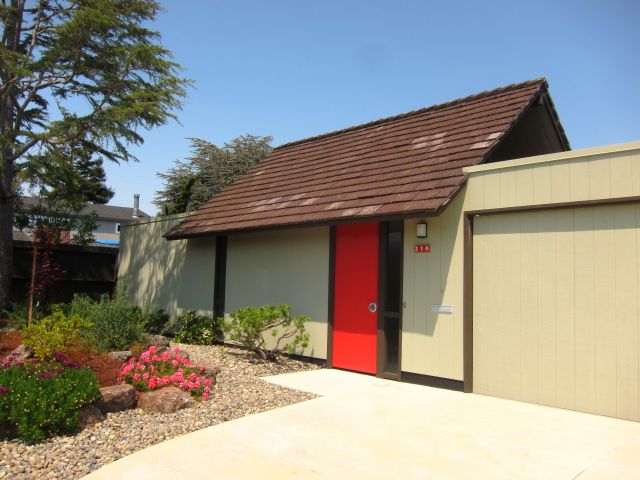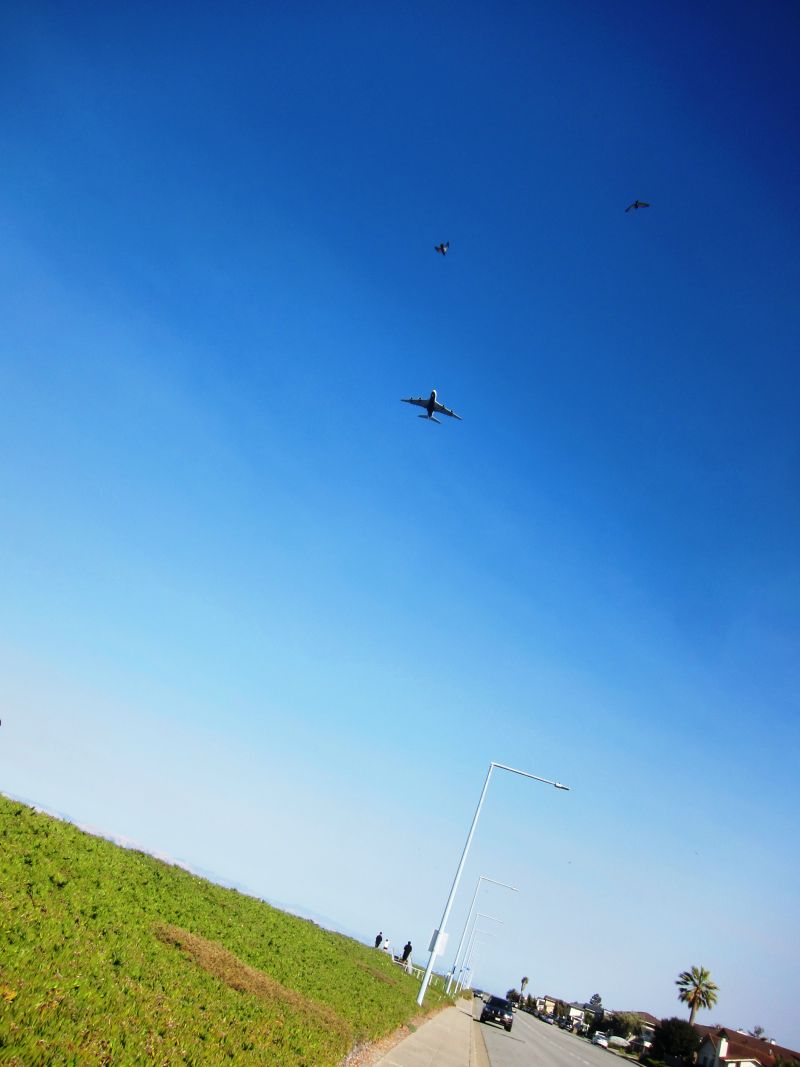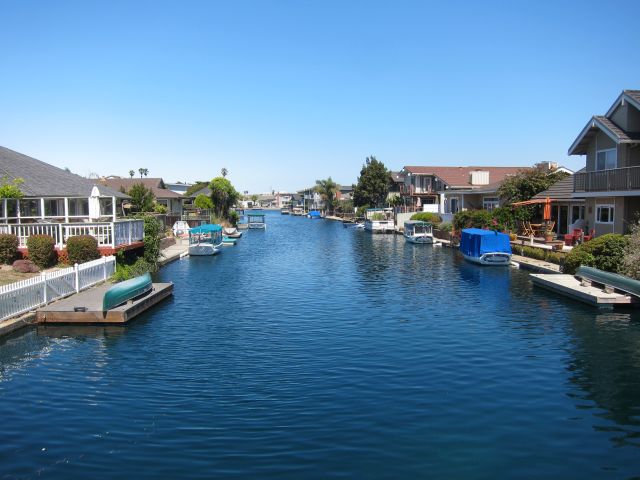
Visiting Foster City’s Eichlers By the Bay
 |
|
|
One of the more unusual neighborhoods of Eichler homes anywhere got its start in an unusual manner – as a totally planned community designed in advance with home sites, schools, and shopping and business districts, all on compacted sand on San Francisco Bay.
The community, Foster City, which we profile in ‘Forgotten by the Bay,’ our sneak preview of mid-January's winter '17 issue of CA-Modern magazine, was developed by a team headed by T. Jack Foster, with his son, T. Jack Foster, Jr., taking the lead.
From the start, Joe Eichler was seen as one of the men who would be invited to build homes there.
“I don’t think I had ever met Eichler,” T. Jack Foster, Jr. said in a recent interview. “I’d heard of him. He was a legend.”
The idea was to turn one of the last bayside sites that would ever be converted to homes – thanks to a new law banning bay fill in order to preserve the open bay – into a model community. It was the early 1960s.
 |
|
|
In his book, ‘The Development of Foster City,’ Foster said the development team wanted to bring in “the best of the market builders.”
“Eichler Homes was the builder that I wanted the most,” T. Jack Foster, Jr. wrote. “I had tremendous admiration for their wonderfully architectural home.”
Today the 200-plus Eichler homes of Foster City make up one of the most unusual groupings in Joe Eichler’s repertoire.
The homes were built from 1963 to 1968 and are among the first built in the brand-new town.
“We wanted a lot of homes built, and built and sold fast,” he wrote. As a carrot to attract fast-moving builders, Foster promised that if builders could keep up the pace, they would get more lots.
To get serious builders, rather than simply asking builders to put up some cash as a down payment, they asked that the builders buy the land outright – which meant they would have to start paying real estate taxes immediately.
“This was a tough requirement and one that separated the strong builder from the weaker or, at least, cautious builder,” Foster wrote.
 |
|
|
Several things make the Eichler homes of Foster City unusual. For one, the homes are not built as a single neighborhood, but parceled out, in small clusters, throughout several neighborhoods around the town.
A handful are directly on the bay, though views are blocked by a high levee that supports a popular walking and bicycling trail.
“There will be Eichlers on one block, then three blocks away there will be four Eichlers, and then a few blocks away there will be 30,” says Glenn Sennett, a real estate broker who handles Eichlers in Foster City and other Peninsula locations.
The homes also include some unusual models, including one in which the open-roofed atrium is fully encircled by interior rooms, not by any exterior walls. There are also some models that suggest a bit of tiki style, with outrigger roof beams.
Because the homes are mixed in with more traditional homes, and because of the lagoons that cut through the island, and the pathways that lead to beaches, the feeling here is much different than in other Eichler neighborhoods.
Also, over the years, many of the Eichlers have been remodeled in ways that have taken away their characteristic look – though many more remain true to character. In recent years, new buyers have been restoring some Eichlers that were poorly remodeled by prior owners.
 |
|
|
Rachel and Paul Cross, artists who design video games, live in an atrium model that retains its original mahogany paneling and a kitchen that is largely original.
They do plan to remodel the kitchen, “but we want to keep the original look,” Rachel says. “We want to keep it the way it is. We love it. We want to make it functional. It’s got a lot of character.”
They have already restored the original color of their front door (teal), and plan to rip up the carpet to bring back Eichler-style cork flooring.
Besides remaining a livable, vibrant neighborhood, Foster City is historic in some ways – and not just as being one of the last bayside neighborhoods built on fill in the Bay Area.
It pioneered housing desegregation in the southern Bay Area, and Eichler played a role in that.
The Fosters decided early on that they would sell to blacks and other minorities – even before the state’s Rumford Act went into effect in 1966, banning discrimination in housing. T. Jack, Jr. appreciated that Eichler was well known for not discriminating in any of his tracts.
“With one stroke,” Foster wrote in his history, “by bringing Eichler into Foster City we effectively announced to the world that no one would be denied the opportunity to own a home in Foster City because of race.”
 |
|
|
Eichler Homes experienced bankruptcy during the building of Foster City, but Joe Eichler returned afterwards , with a smaller building operation, to continue. Foster writes:
“Their performance in Foster City was as good as I thought it would be,” he wrote of Eichler Homes, noting that the financial problems hit the builder shortly thereafter.
“This problem was unrelated to Foster City, where they had been very successful and made money, but the change effectively prevented them from moving forward into further neighborhoods.”
Then, Jack Foster writes, Joe came back on his own to building in Foster City’s “Neighborhood 4,” “where I think some of the best of the Eichlers were built.” Read more about the Eichlers of Foster City in our sneak previous of the winter '17 issue of CA-Modern – ‘Forgotten by the Bay.’
 |
|
|
- ‹ previous
- 615 of 677
- next ›



